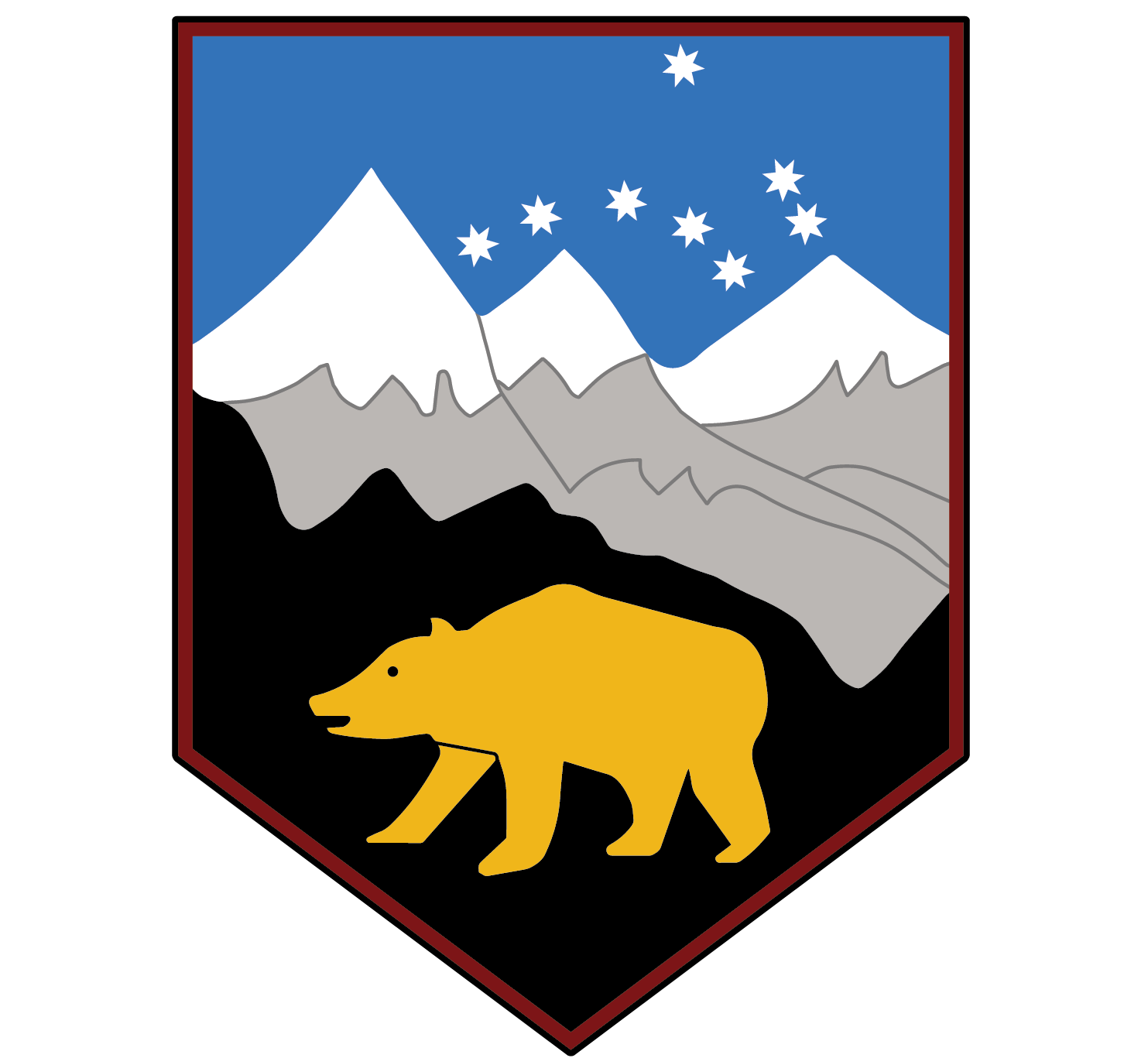Mathematics
Mathematics is a critical tool for understanding and interpreting the world, and we aim to empower our students to apply mathematical reasoning to solve real-world problems, think logically, and make informed decisions.
Intent
At SJH our curriculum is designed to support students to:
- Develop Mathematical Fluency: Become fluent in the fundamentals of mathematics, including through varied and frequent practice with increasingly complex problems over time, so that pupils develop conceptual understanding and the ability to recall and apply knowledge rapidly and accurately.
- Promote Problem-Solving and Reasoning: Be able to reason mathematically by following a line of enquiry, conjecturing relationships and generalisations, and developing an argument, justification or proof using mathematical language. Be able to solve problems by applying their mathematics to a variety of routine and non-routine problems with increasing sophistication, including breaking down problems into a series of simpler steps and persevering in seeking solutions.
- Prepare for Life Beyond the Classroom: Equip students with the mathematical skills necessary for academic success, future employment, and everyday life. We emphasise the practical applications of mathematics in science, technology, engineering, and financial literacy.
- Promote Inclusivity and Accessibility: Recognise that every student is unique, and provide differentiated learning opportunities to meet their individual needs. Our curriculum is inclusive, ensuring all students can achieve their potential and feel valued.
- Inspire a Lifelong Love of Mathematics: Provide engaging and stimulating lessons that inspire curiosity and excitement about mathematics. We encourage students to explore the subject beyond the classroom and see its relevance in their lives.
Big Ideas
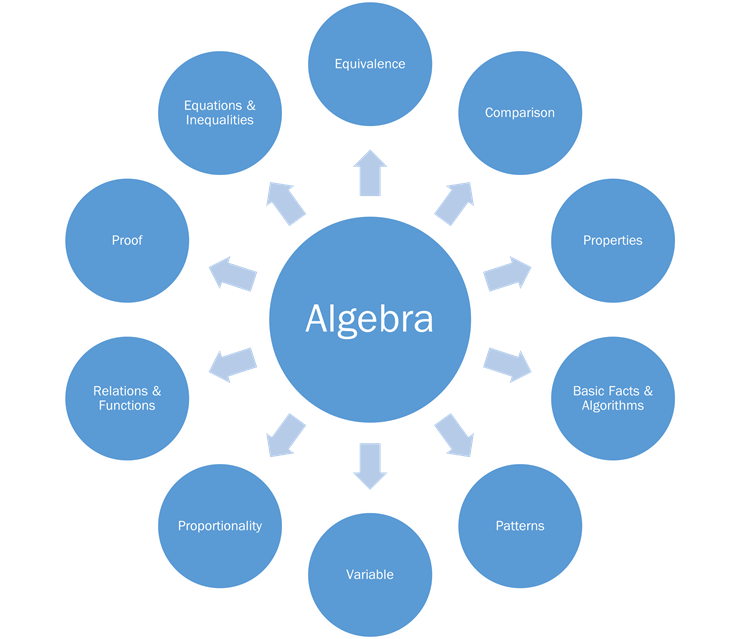
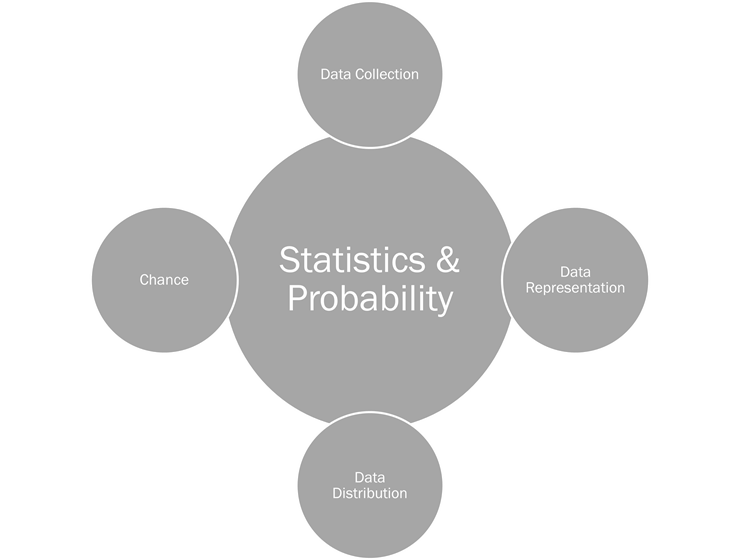
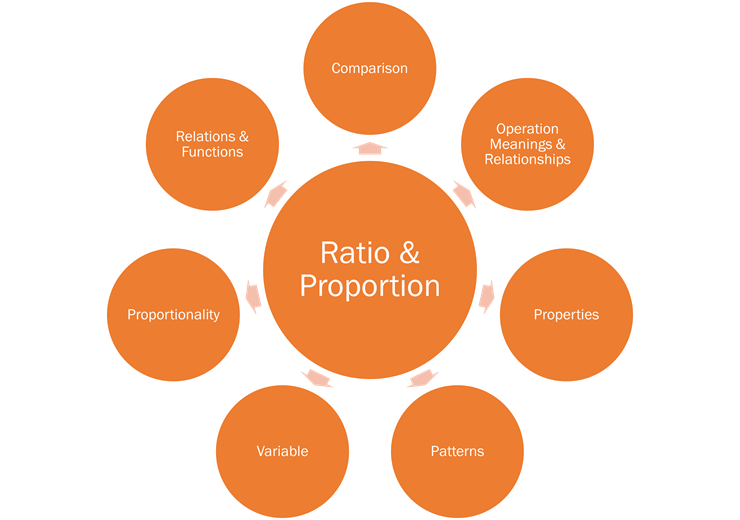
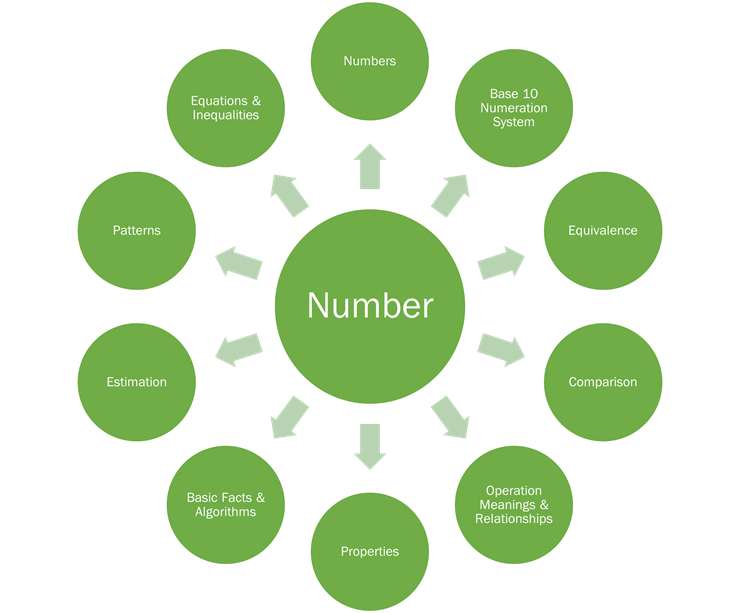
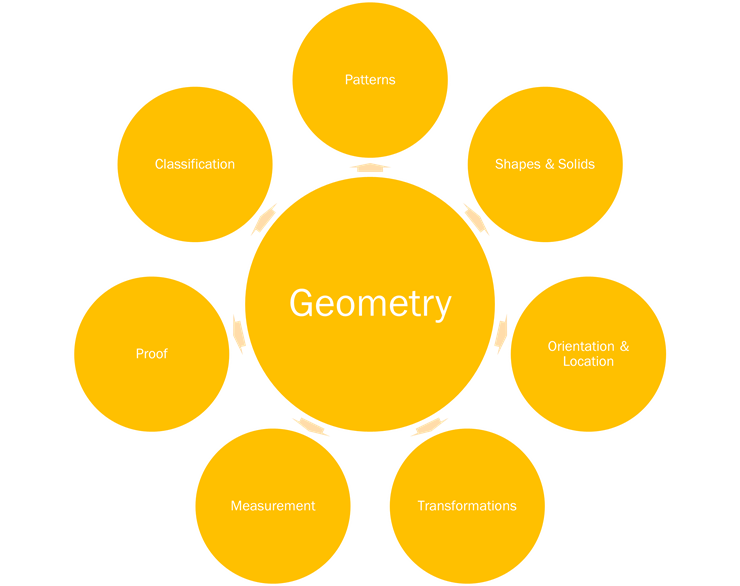
Overview
Year 7
Number – Number sense and calculations, Factors, Multiples, Primes, Fractions, FDP
Algebra – Expressions and Equations, Coordinates, Brackets
Geometry – 2D shapes, Perimeter and area, Angles
Probability – Theoretical probability
Statistics – Handling data and Statistical diagrams
Ratio and proportion – Measures, Proportion
Year 8
Number – Percentages, Rounding, Standard Form, Recurring decimals
Algebra – Indices, Equations, Sequences, Coordinates, Linear graphs, Inequalities, Brackets, Algebraic fractions
Geometry – Area, Circles, 3D shapes, Surface area, Volume, Transformations, Angles
Probability – Venn diagrams
Statistics – Statistical diagrams
Ratio and proportion – Money, Ratio
Year 9
Number – Fraction and percentages, standard form, Rounding
Algebra – Inequalities, Quadratic equations, Formulae, Linear graphs, Motion-time graphs, Quadratic graphs
Geometry – Constructions, Circles, 3D shapes, Pythagoras Theorem, Angles and bearings, Transformations, Similarity and congruence, Vectors
Probability – Experimental probability
Statistics – Handling data and Statistical diagrams
Ratio and proportion – Ratio, Currency, Compound measures
Year 10 - Higher
Number – Percentages, Bounds, Indices, recurring decimals
Algebra – Simultaneous Equations, Formulae, Linear graphs, Real life graphs, Graphs, Sequences, Brackets
Geometry – Surface area, Volume, Trigonometry, Constructions, Transformations
Probability – set notation, Tree diagrams
Statistics – Sampling, Cumulative frequency, Box plots
Ratio and proportion – Compound Measures, Ratio, Direct and inverse proportion
Year 10 - Foundation
Number – Percentages, Rounding, Indices
Algebra – Simultaneous Equations, Formulae, Linear graphs, Real life graphs, Graphs, Sequences, Brackets
Geometry – Surface area, Volume, Trigonometry, Constructions, Transformations
Probability – set notation, Tree diagrams
Statistics – Sampling, Handling data and statistical diagrams
Ratio and proportion – Compound Measures, Ratio, Direct and inverse proportion
Year 11 - Higher
Number - Surds
Algebra – Algebraic fractions, Equations, Inequalities, Functions, Transforming graphs, Iteration, Algebraic proof, Graphs
Geometry – Pythagoras theorem, Trigonometry, Circle theorems, Similarity, Geometric proof
Probability – Conditional probability
Year 11 - Foundation
Number – HCF and LCM, Fractions, percentages, Standard Form
Algebra – Expressions, Equations, inequalities, Sequences, Linear graphs
Geometry – Angles, Pythagoras theorem, trigonometry, Surface area, Volume, Vectors
Probability – Theoretical and experimental probability
Statistics – Statistical diagrams
Ratio and proportion – Compound measures, Ratio and proportion
Year 12 A-level
Pure
Proof
Algebra and functions
Coordinate geometry
Trigonometry
Exponentials and logarithms
Differentiation
Integration
Vectors
Statistics
Sampling
Data presentation and interpretation
Probability
Distributions
Hypothesis testing
Mechanics
Kinematics
Forces and Newton’s law
Year 13 A-Level
Pure
Proof
Algebra and functions
Sequences and series
Trigonometry
Differentiation
Integration
Numerical methods
Statistics
Probability
Distributions
Hypothesis testing
Mechanics
Kinematics
Forces and Newton’s law
Moments
Year 12 – Core Maths
Fermi Estimates
Sampling
Data presentation and interpretation
Budgeting
AER
APR
Percentages
The Normal Distribution
Confidence intervals
Year 13 – Core Maths
Income Tax, national insurance and student loans
Correlation
Regression
Preliminary material preparation
